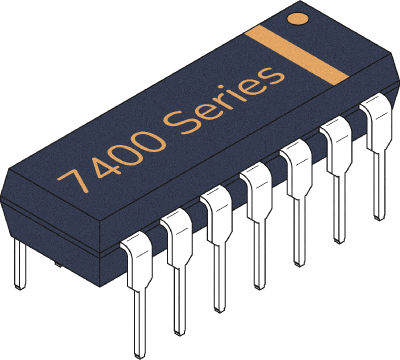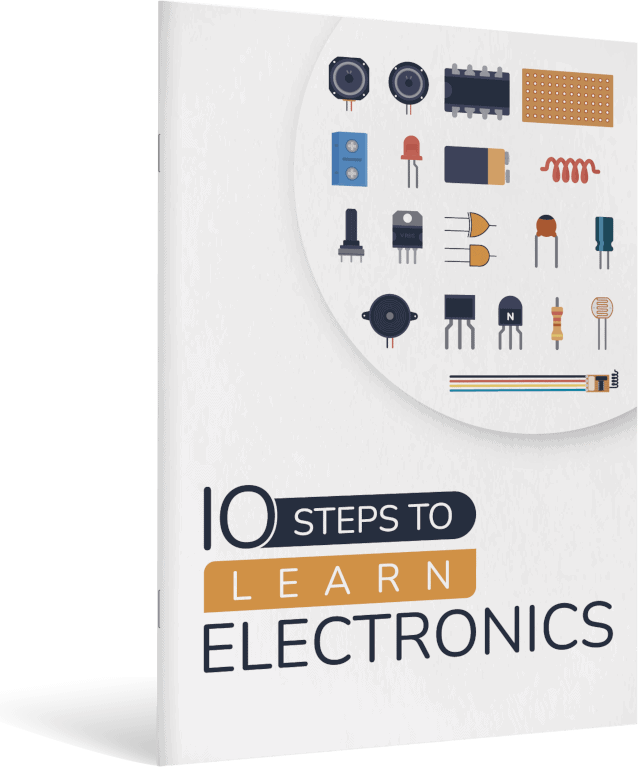This IC, often found as 74LS32 or 74HC32, is a chip with four basic OR gates. The OR gate is a logic gate – one of the most basic building blocks in digital electronics. The chip comes in a 14-pin package with the following pinout:
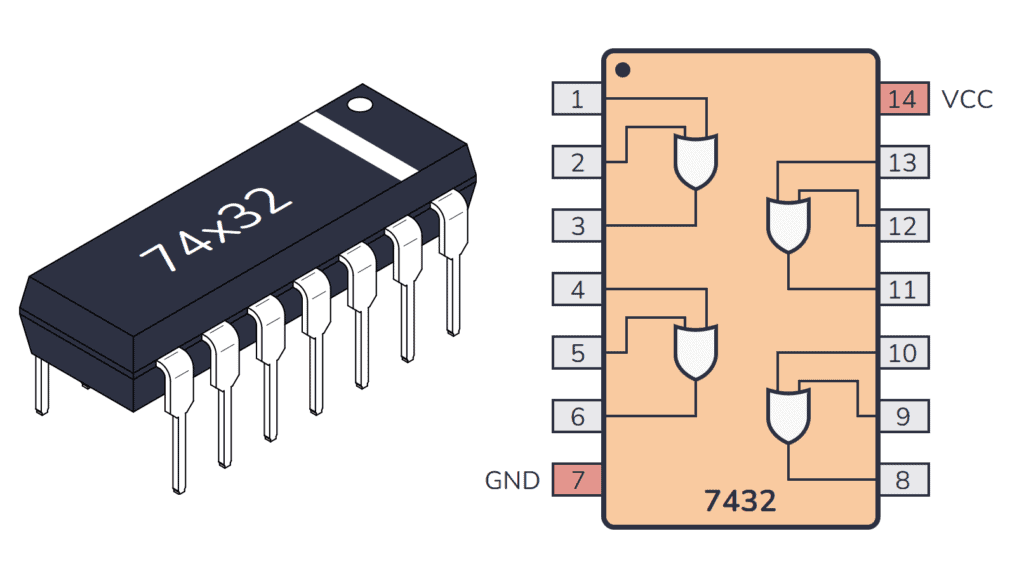
In this guide, you’re going to learn what the 74×32 IC does and how to hook it up in a circuit.
What does the 74HC32 / 74LS32 do?
The 74×32 gives you four basic OR gates that can be used individually. An OR gate is a logic gate that outputs 1 (HIGH) if one of it inputs are 1 (HIGH). In the truth table below, you can see what the output will be for any given input:

How To Use This Chip
Like every other chip in the 7400 series, this IC needs to be connected to power before you can use it. Most 7400 ICs support a VCC voltage of 5V. One difference between the HC and LS version of the chip is that the 74HC32 supports 2V to 6V, while the 74LS32 supports only 5V.
Once it’s connected, you can use any of the four basic OR gates inside.
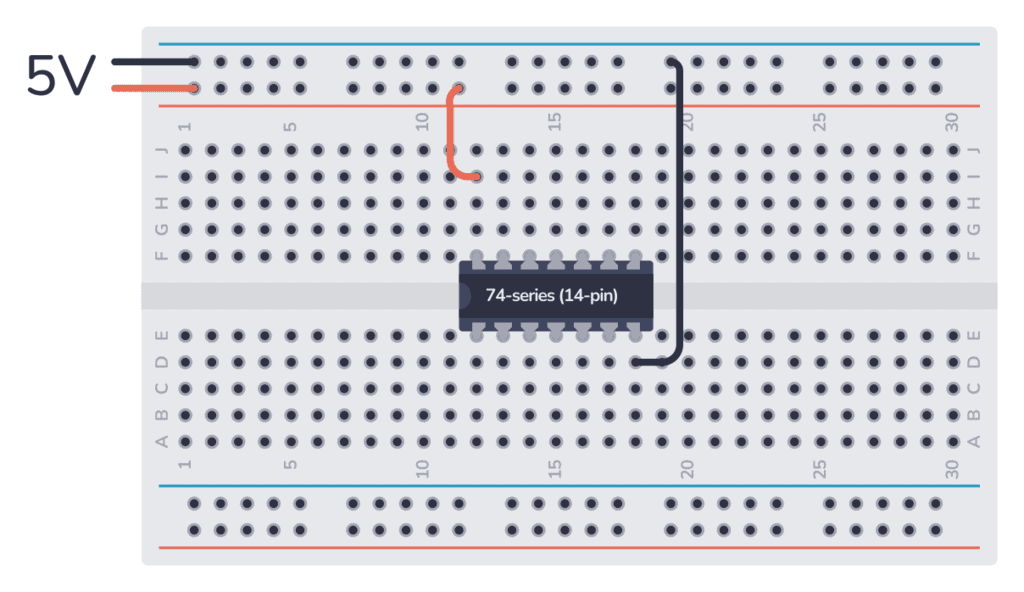
Output Current
74HC32:
Each gate output of the 74HC32 can sink or source 4 mA when powered with 5V.
74LS32:
HIGH-Level Output Current: 0.4 mA
LOW-Level Output Current: 8 mA
74×32 Pinout
The 74×32 has 14 pins and contains four basic OR gates laid out as shown in the pinout diagram below:
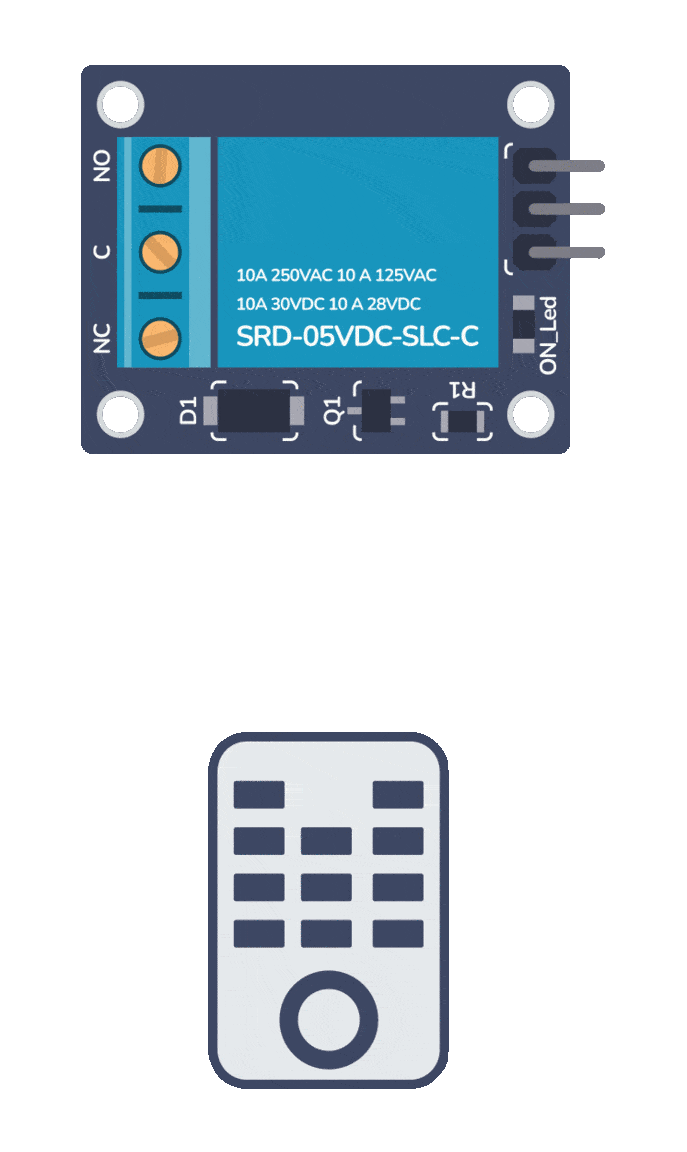
Build Something Useful This Evening
This gadget lets you use any IR remote-control to control your lamp, garden lights, heater oven, garage door, or anything else.

| Pin Name | Pin # | Type | Description |
|---|---|---|---|
| 1A | 1 | Input | Input to the first OR gate. |
| 1B | 2 | Input | Input to the first OR gate. |
| 1Y | 3 | Output | Output from the first OR gate. |
| 2A | 4 | Input | Input to the second OR gate. |
| 2B | 5 | Input | Input to the second OR gate. |
| 2Y | 6 | Output | Output from the second OR gate. |
| GND | 7 | Power | Connect to ground. |
| 3Y | 8 | Output | Output from the third OR gate. |
| 3A | 9 | Input | Input to the third OR gate. |
| 3B | 10 | Input | Input to the third OR gate. |
| 4Y | 11 | Output | Output from the fourth OR gate. |
| 4A | 12 | Input | Input to the fourth OR gate. |
| 4B | 13 | Input | Input to the fourth OR gate. |
| VCC | 14 | Power | Positive power supply. Connect to +5V power. |
74×32 Circuit Example
Here’s a simple project you can build with the OR gates in the 74×32 IC.
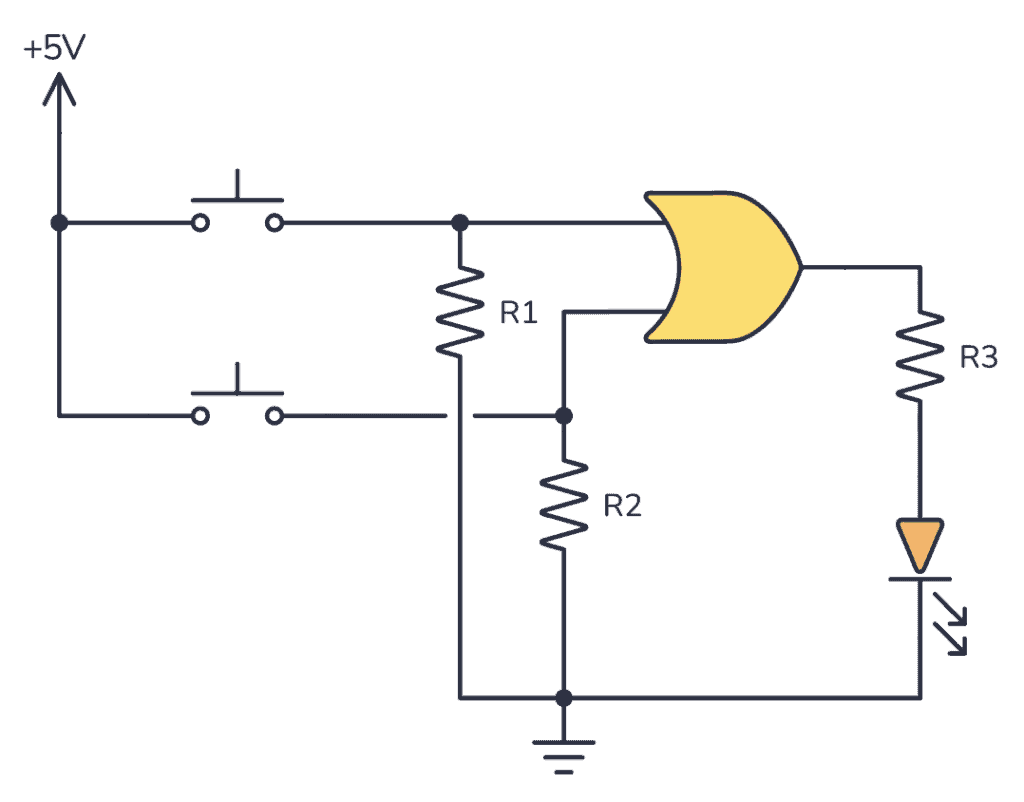
The pull-down resistors pull both inputs to the OR gate LOW when the buttons are not pushed. Push any of the buttons, and you’ll make the input pin HIGH. A HIGH on both any of the inputs will turn on the output and thereby turn on the Light-Emitting Diode (LED).
So the LED will turn on if you push any of the buttons.
To build this circuit, you’ll need the following parts:
- 1 x 74HC32
- 1 x LED (L1)
- 2 x 10 kΩ resistor (R1-R2)
- 1 x 1 kΩ resistor (R3)
- 2 x pushbutton (S1-S2)
Alternatives and Equivalents for 74HC32 / 74LS32
There are many versions of the 74×32 chip. They all have the same functionality, but with different specifications such as supported voltages and maximum current output.
Here’s a list of a few equivalents of this chip:
- 74HC32 (High-speed CMOS)
- 74HCT32 (High-speed CMOS, TTL compatible)
- 74LS32 (High-speed TTL)
- 74LVC32 (Low Voltage TTL)
- 74AC32 (Advanced CMOS)
- 74ALS32 (Advanced Low-Power Schottky TTL)
- 74F32 (Very High Speed)
- 74C32 (CMOS, similar to the 4000-series)
Some manufacturers also add a prefix, such as the SN74HC32 and SN74LS32 by Texas Instruments.
Can’t find the 74×32 anywhere? Then try one of the following IC alternatives:
- 74×7032 – Quad 2-input OR gates (with Schmitt-trigger inputs).
- CD4071 – Quad 2-input OR gates.
If you can’t find the 74×32 IC in your local electronics store, don’t worry, you’ll most likely find it in one of the stores listed on this page of online stores where you’ll find components and tools for all your electronics projects.
Datasheet for the 74LS32 and 74HC32 chips
Download the PDF datasheet for your version of the 74×32 here:
- SN74HC32 (Texas Instruments)
- SN74LS32 (Texas Instruments)
- 74HC32 (Futurlec)
- 74LS32 (Futurlec)
- 74HC32 (Diodes Inc)
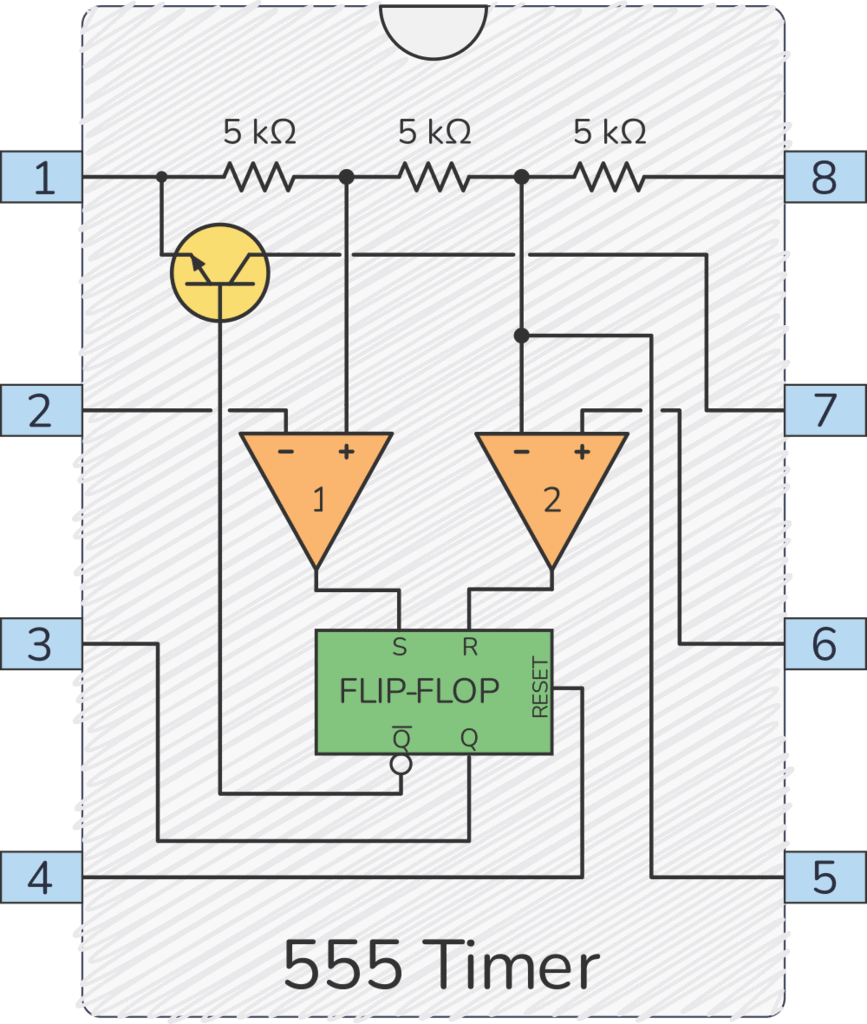
Get the 555 Timer Cheatsheet
A super helpful reference that makes it easy to design circuits, so that you can build oscillators, timer circuits, and more in no time.

